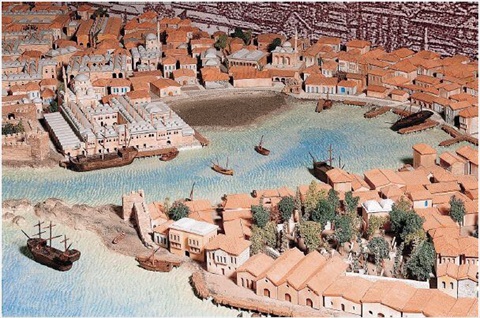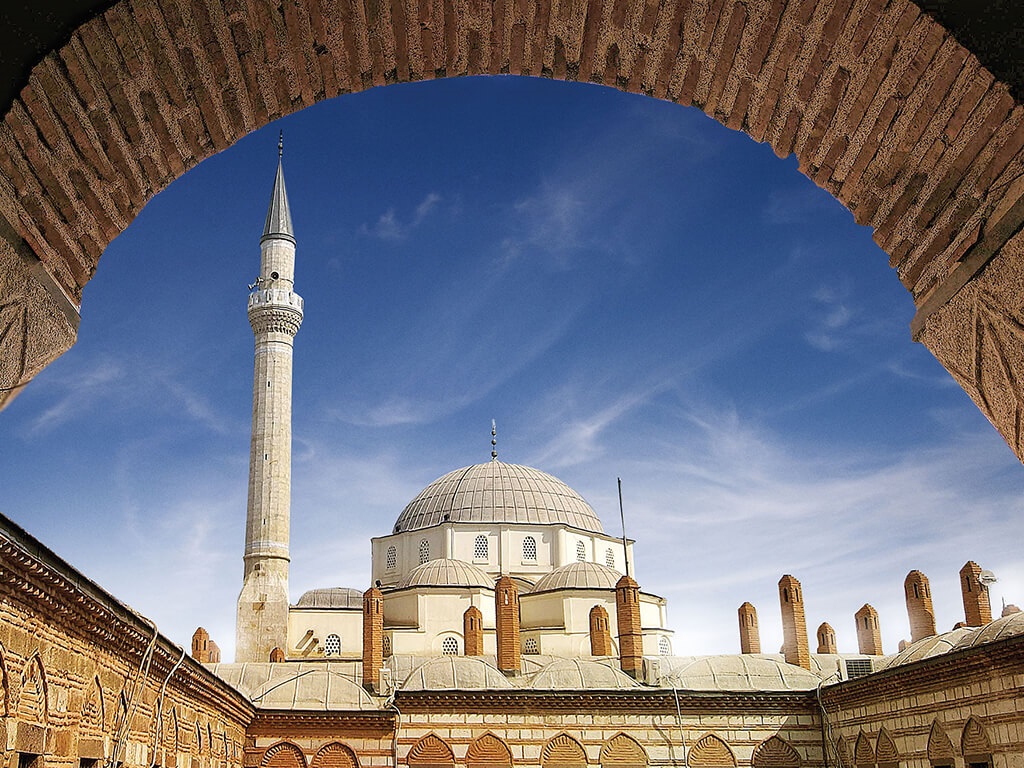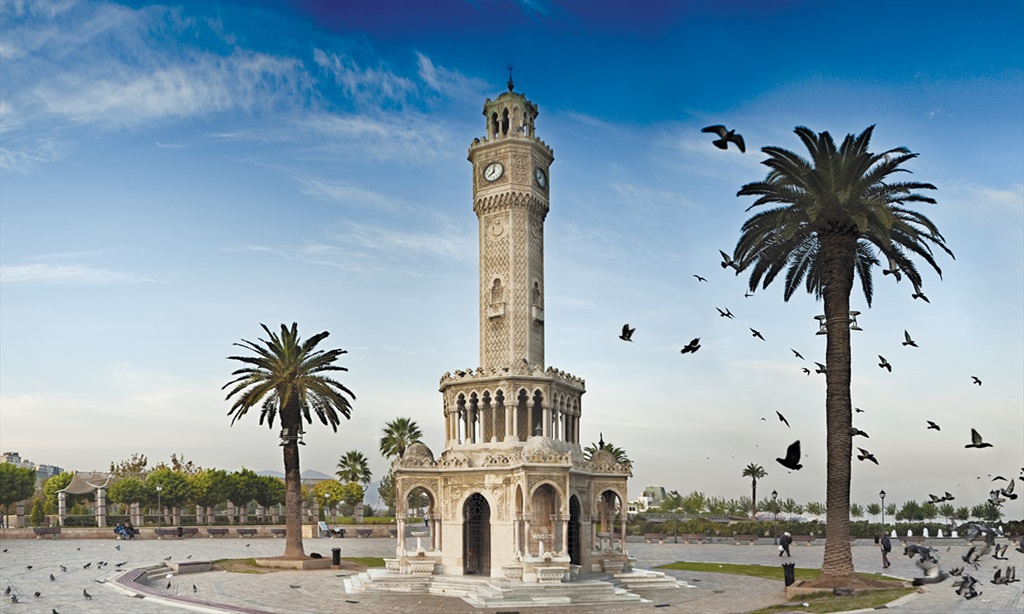İzmir has unique geography, rich historical cultural heritage, and natural beauty. The city, which was built on the Kemeraltı axis immediately after the Eastern Expedition of Alexander the Great, grew and developed around the center for about 2300 years. The region is a multi-layered open-air museum with neighborhoods that include examples of religious, public, and civil architecture belonging to various cultures, such as Kadifekale Agora, the Ancient Theatre, the Ancient Stadium, and the ancient harbor. İzmir was officially accepted into the UNESCO World Heritage Tentative List in 2020 with the theme of “The Historical Port City of İzmir”.
İzmir is one of the most important port cities of the Mediterranean throughout history. It is the center where products, ideas, and cultures meet and spread to the world by taking on new meanings and content. As a commercial and port city, it has been so since its establishment and has never lost this feature. It is the cradle of civilization that brings three continents: Europe, Asia, and Africa together. It is the nodal point of the maritime trade routes connecting to the old world the Silk Road and Mediterranean, which have also carried culture and ideas as well as goods and wealth for thousands of years, and the World's two oldest trade routes.
Kemeraltı, Kadifekale, and Basmane regions, which are known as historical İzmir today, have a unique location where the city has qualified as a port city. This route starts from Konak Pier, which was built as an entrance gate to this historical port city in the 19th century, and extends to Kadifekale, which was included in the UNESCO Temporary Heritage List with its historical and architectural values. This area, where the Konak Square and the Historical Clock Tower, and the prominent symbols of İzmir are located, have also the characteristic of being the oldest and largest open-air shopping center in the world with the Kemeraltı Bazaar, which expands over time with the filling of the inland port. As long as you walk along Anafartalar Street, the multicultural character of this historical port city where East and West meet is evident at every step. This historical city center, the same time, Havra Street and its surroundings, which is the settlement area of Sephardic Jews who started immigrating to İzmir starting from the 16th century, hosts nine synagogues, four of which are back to back.
The Smyrna Agora, located right next to the Kemeraltı Bazaar, has started excavation works today, and contains one of the richest written and visual graffiti collections in the world, shedding light on the daily life of the Roman period. Excavation works continue in the Ancient Smyrna Theater, which a large part of it is underground, located on the foothills of Kadifekale. The theater, which will come to light with the works to be completed in the upcoming years, is estimated to be one of the largest amphitheaters in Anatolia. This route and Kemeraltı, which ended with the castle built by Alexander the Great on Pagos Hill, continued to exist as a city center in the Republic period and also continues to be the heart of İzmir today with the sounds, smells, and stories it contains.





Comments
No comment left, would you like to comment?